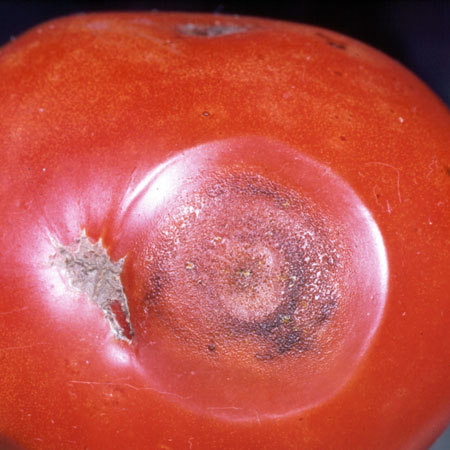By Ben Werling,
With recent dry conditions, center pivots have been applying water in Oceana County asparagus fields. In general, reducing and then stopping irrigation later in the season is recommended to reduce growth of new asparagus shoots that will not have time to grow and produce energy prior to fern die-down. Disease severity values (DSVs) calculated from weather sensors placed in growers’ fields were likely very low this past week due to cool temperatures. For example, over the period Aug. 9-19, only a single DSV accumulated. Growers will likely apply a final spray of fungicide around the first week of September to protect fern one last time before plants begin to draw down nutrients back into their roots.
It is also a good time of year to get a soil test done on any ground you are thinking of planting asparagus on in the next two years. According to Michigan State University Extension, soil on asparagus ground should ideally have a pH of 7. Because lime takes time to raise pH, it is ideal to begin applying it in fields where it is needed two years prior to planting.
In carrots, at the International Carrot Symposium last week, University of Wisconsin entomologists reported that this year’s spring/early summer weather patterns were less conducive to transport aster leafhoppers from southern areas to the upper Midwest, whereas last year’s were very conducive to aster leafhopper movement. Critical conditions include the formation of a low pressure system to the west and a high pressure system to the east, which can result in south to north air movement that blows insects up from the south. At the time this occurs, enough heat units must have accrued so that leafhoppers in southern areas are winged and able to fly and enter air currents. These conditions all lined up last year, bringing larger flights of aster leafhoppers from southern areas to the Midwest, but have not developed as frequently this year.
Aphids in celery have continued to be present and require control, with populations increasing in some areas with warmer weather.
Cucurbits (cucumbers, pumpkins, summer squash, winter squash): Powdery mildew continues to be present in cucurbits. At this time of year, this disease can kill older leaves of cucurbits such as pumpkins. It is important to maintain a good leaf canopy into September to avoid sunscald of pumpkin fruit. Maintaining your fungicide program will help you accomplish this.
Cucurbit downy mildew was detected in Kent County cucumbers last week on Aug. 15. The weather forecast suggests that risk of continued cucurbit downy mildew spread over the last two days has been relatively low except in isolated areas. It is likely that virus symptoms will continue to appear in cucurbits. Remember, fruit that developed prior to infection will not develop symptoms, but fruit developing after infection may.
Onion harvest will continue to progress over the coming weeks. With the advent of harvest and die-down of plants, there is less concern about control of insects in onions.
Peppers growers from southwest Michigan have reported that peppers planted around May 20 have not been as vigorous as other plantings. This could be due to the very cool temperatures experienced during that time period. Sunscald has also been reported on peppers in southwest Michigan; the first pepper harvest can open up the plant canopy, exposing fruit to the sun.
In potatoes and tomatoes, late blight risk is forecast to be high on one to two of the next four days. Anthracnose symptoms have also developed on tomato fruit in southeast Michigan. As for most diseases, fungicides are most effective when applied before the disease becomes widespread. Anthracnose is a fungal disease that primarily causes symptoms on fruit. Effective fungicides include those with the active ingredients chlorothalonil and strobilurin.

An anthracnose lesion on tomato fruit.
Source: msue.anr.msu.edu